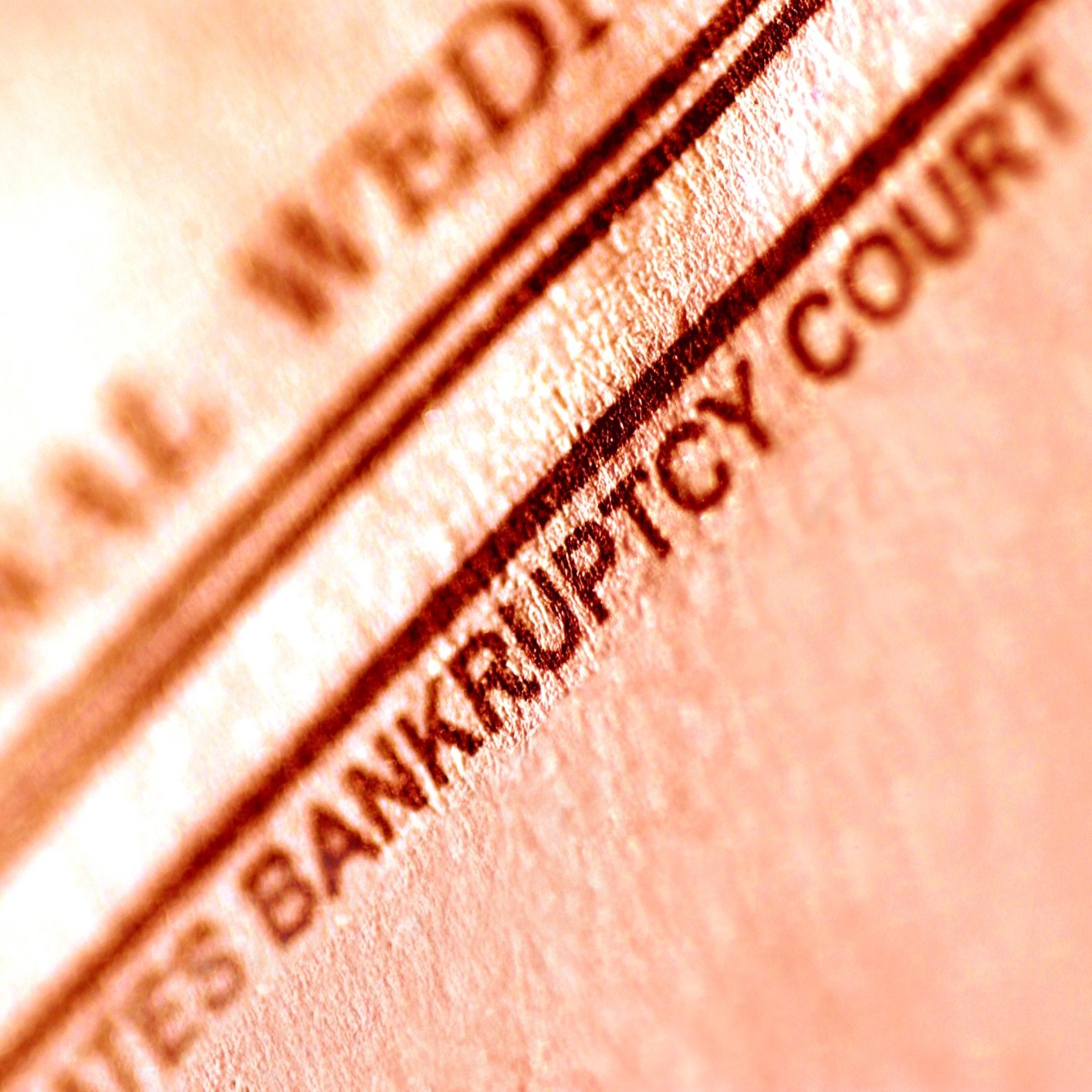
A total of 48 oil and gas exploration and production (E&P) companies filed for bankruptcy in 2015, and 39 oilfield services companies also filed for bankruptcy protection last year. So far in 2016, six E&P companies have filed for bankruptcy.
The data were reported by the law firm of Haynes and Boone and are worse than the 67 oil and natural gas firms cited by consulting firm Gavin/Solmonese as having filed for bankruptcy protection in 2016. Either way it’s a really big number, and according to Gavin/Solmonese, a year-over-year increase of 379%.
The culprits, of course, are low crude and natural gas prices. When oil prices were double or more what they are now, small E&P firms invested a boatload of cash from willing lenders and investors in pulling hydrocarbons out of the ground. Even with big debts and big payments on those debts, the firms could mostly show solid profits, pay good dividends and invest in more growth.
Now, surviving companies pump oil and gas mainly to pay debt service. Dividends have been eliminated or sharply reduced by many E&P and services companies, staff cuts have cost thousands of jobs and growth is no longer a consideration except for the very largest companies.
The largest bankruptcy filing in 2015 was Samson Resources, which included a total of $1.95 billion in secured debt and $2.38 billion in unsecured loans. Another large E&P bankruptcy was Quicksilver Resources, with $1.1 billion in secured debt and $976 million in unsecured debt.
Of the services company bankruptcies, the largest was Vantage Drilling, with $2.63 billion in secured debt and $144 million in unsecured debt. Hercules Offshore, with a filing of $1.31 billion in unsecured debt, was the second largest, according to Haynes and Boone.
Even E&P firms that manage to avoid bankruptcy see their borrowing bases downgraded, making it more difficult, if not impossible, to raise money by issuing more stock or taking on more debt. In a survey conducted last month by Haynes and Boone, 13% of respondents said that the most likely thing to happen if borrowing bases are deficient this year is that the firm will file for bankruptcy. That’s almost double the 7% who answered that question in the company’s fall 2015 survey.
Essential Tips for Investing: Sponsored
A financial advisor can help you understand the advantages and disadvantages of investment properties. Finding a qualified financial advisor doesn’t have to be hard. SmartAsset’s free tool matches you with up to three financial advisors who serve your area, and you can interview your advisor matches at no cost to decide which one is right for you. If you’re ready to find an advisor who can help you achieve your financial goals, get started now.
Investing in real estate can diversify your portfolio. But expanding your horizons may add additional costs. If you’re an investor looking to minimize expenses, consider checking out online brokerages. They often offer low investment fees, helping you maximize your profit.
Thank you for reading! Have some feedback for us?
Contact the 24/7 Wall St. editorial team.


